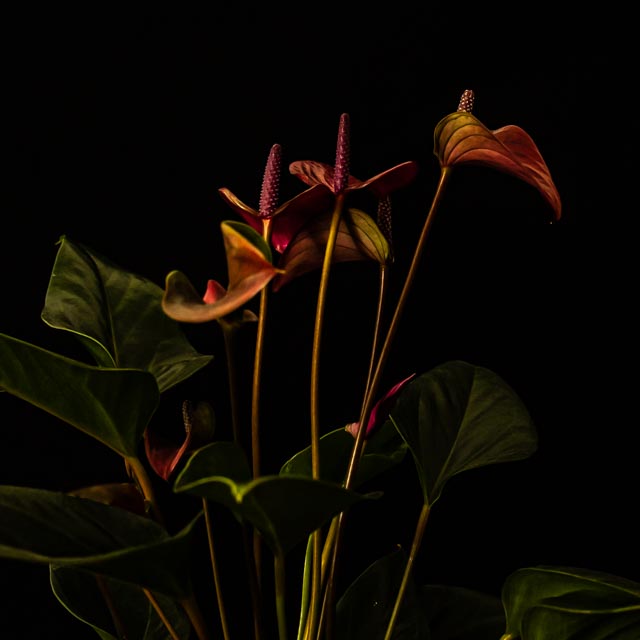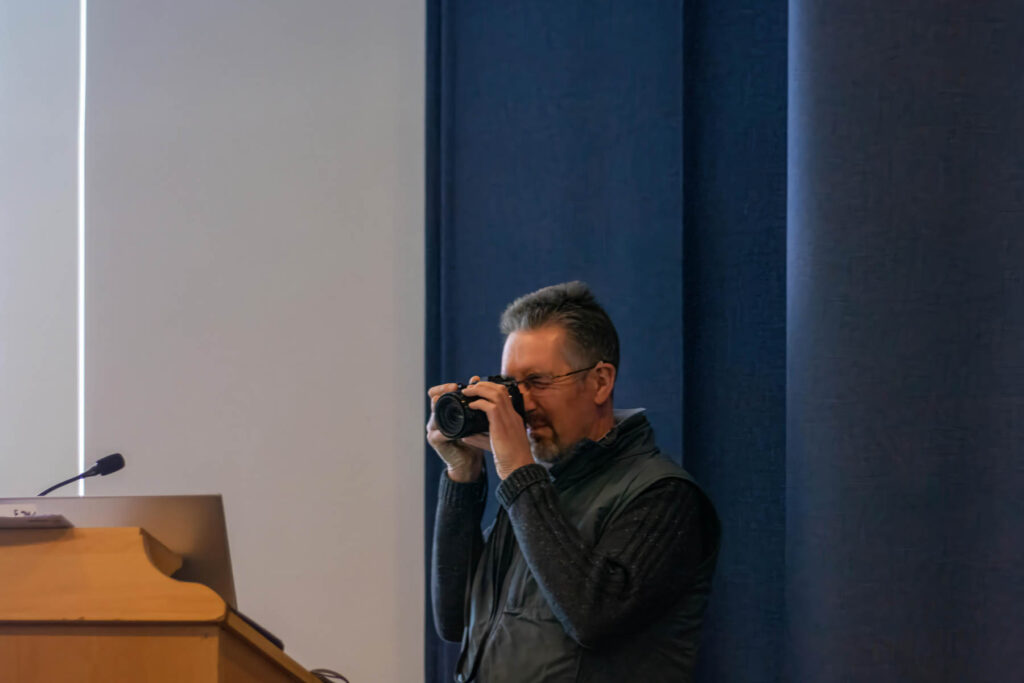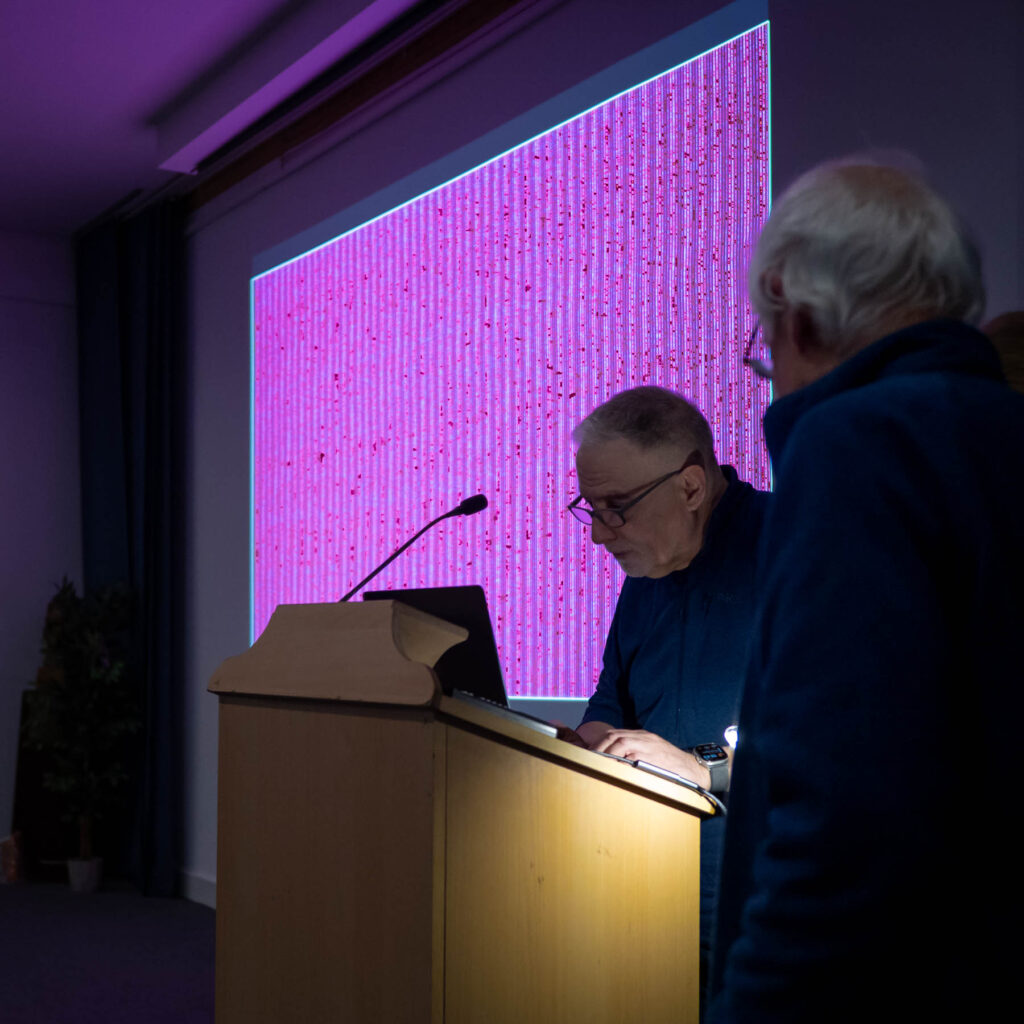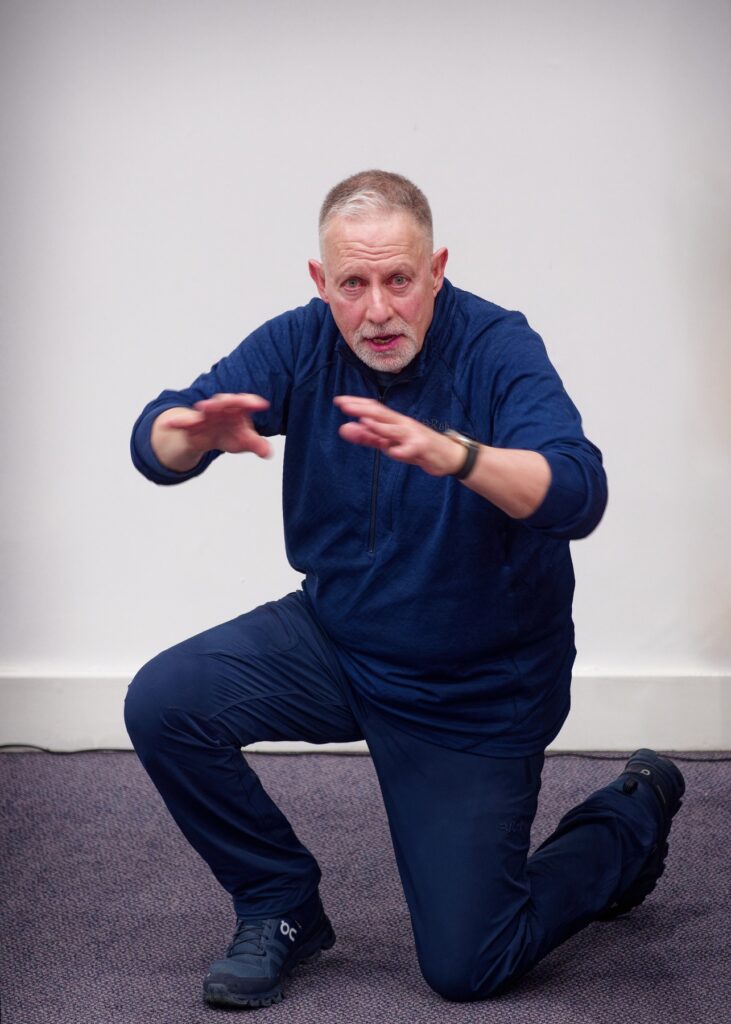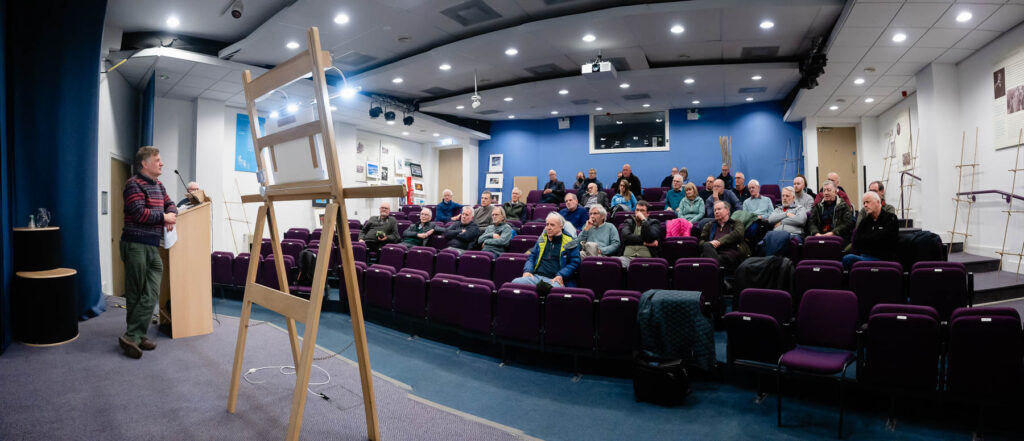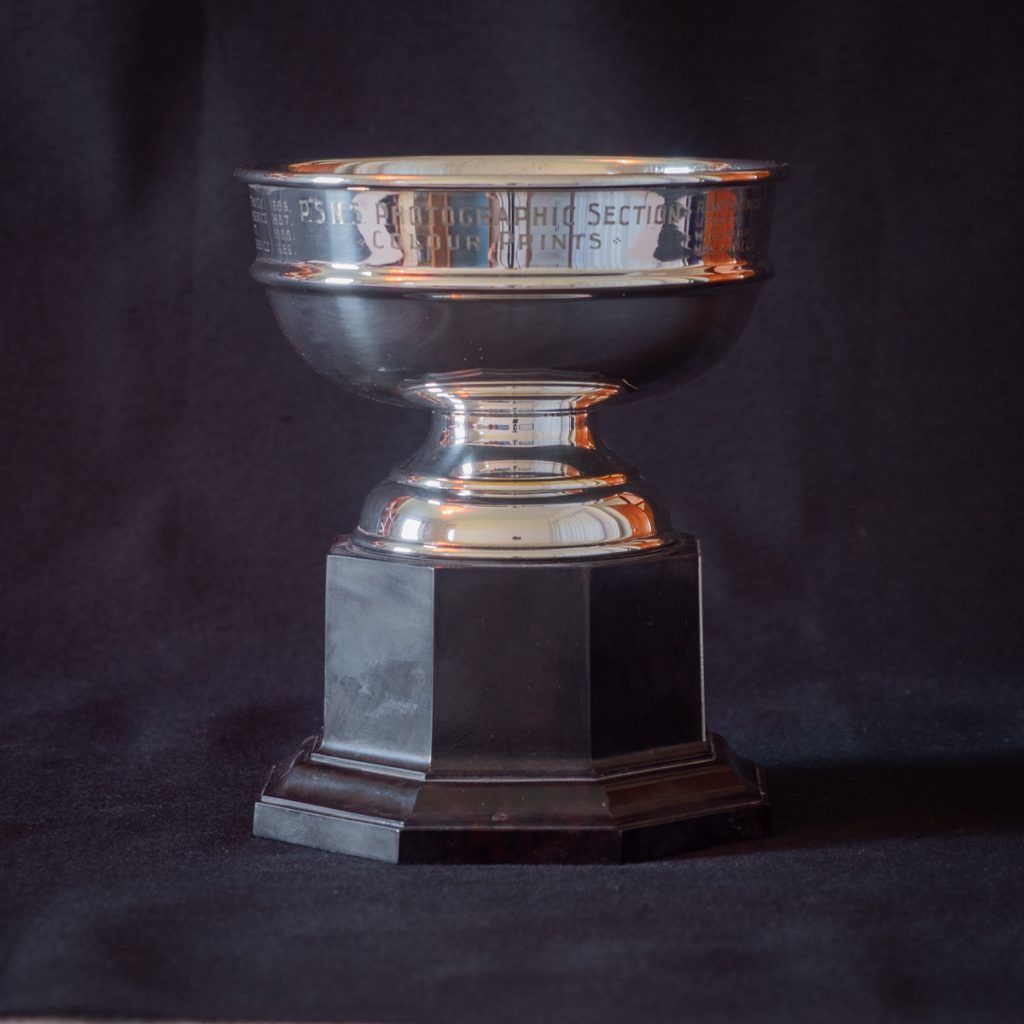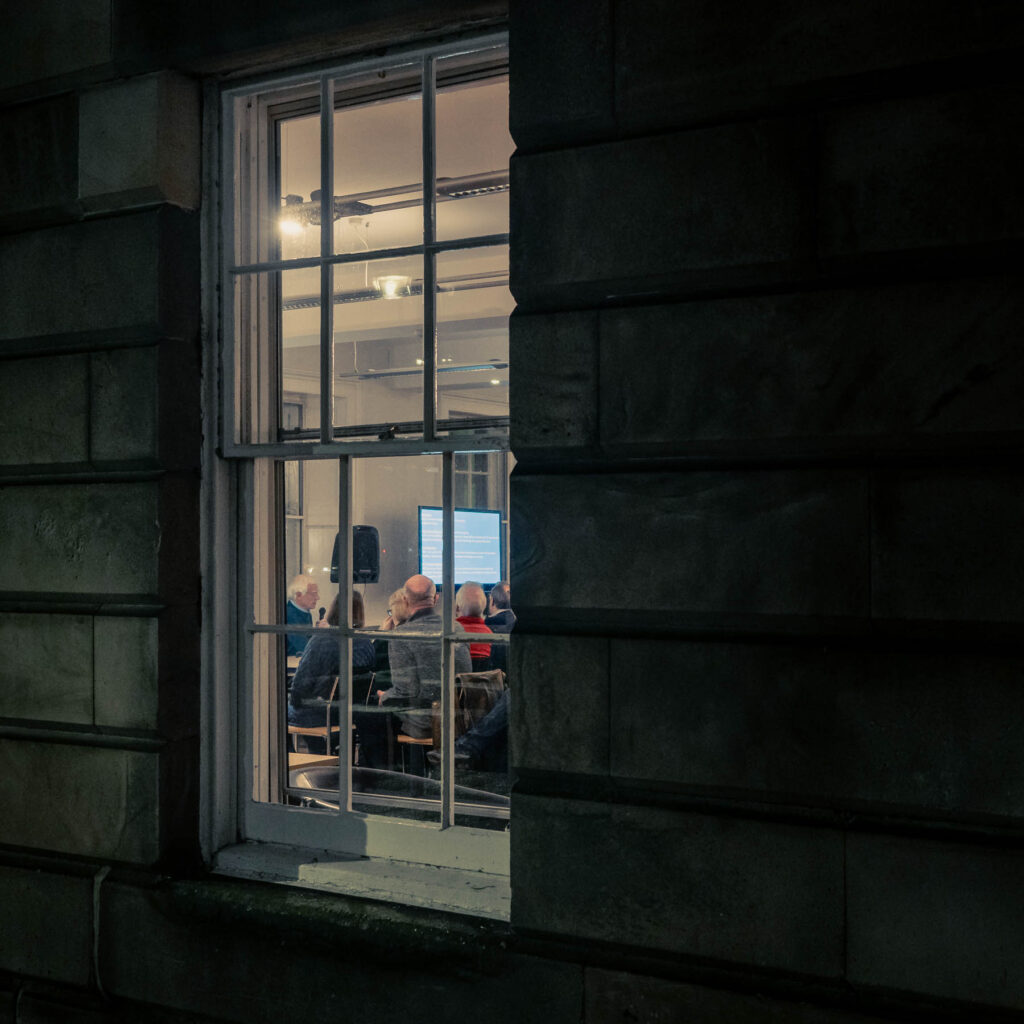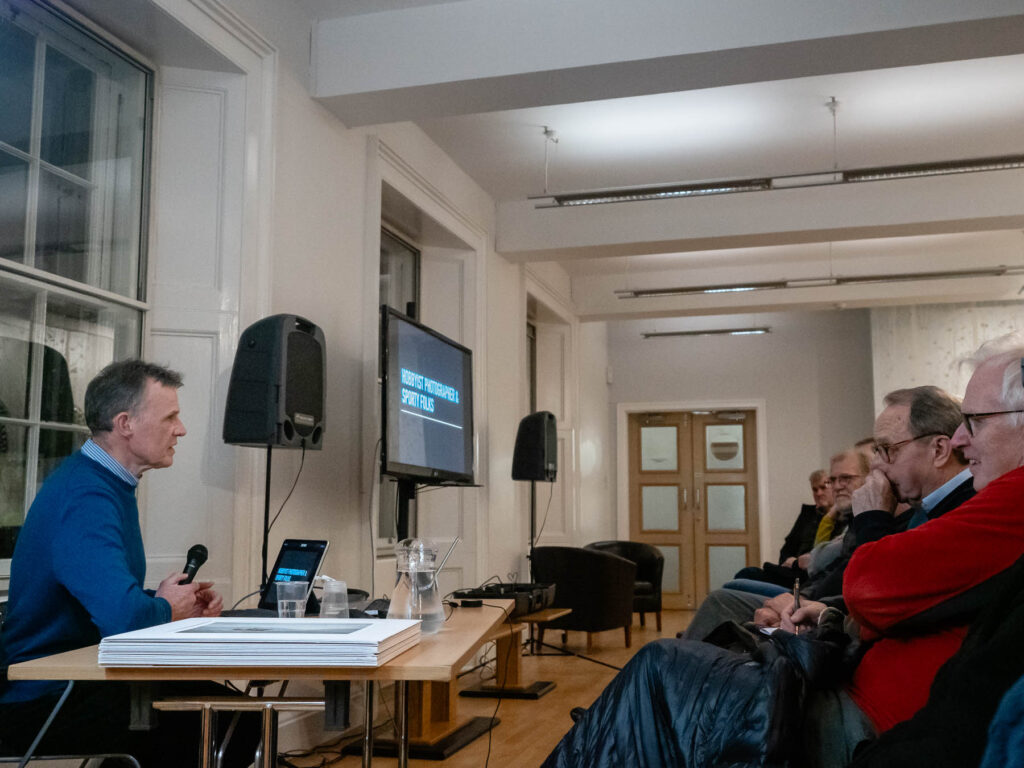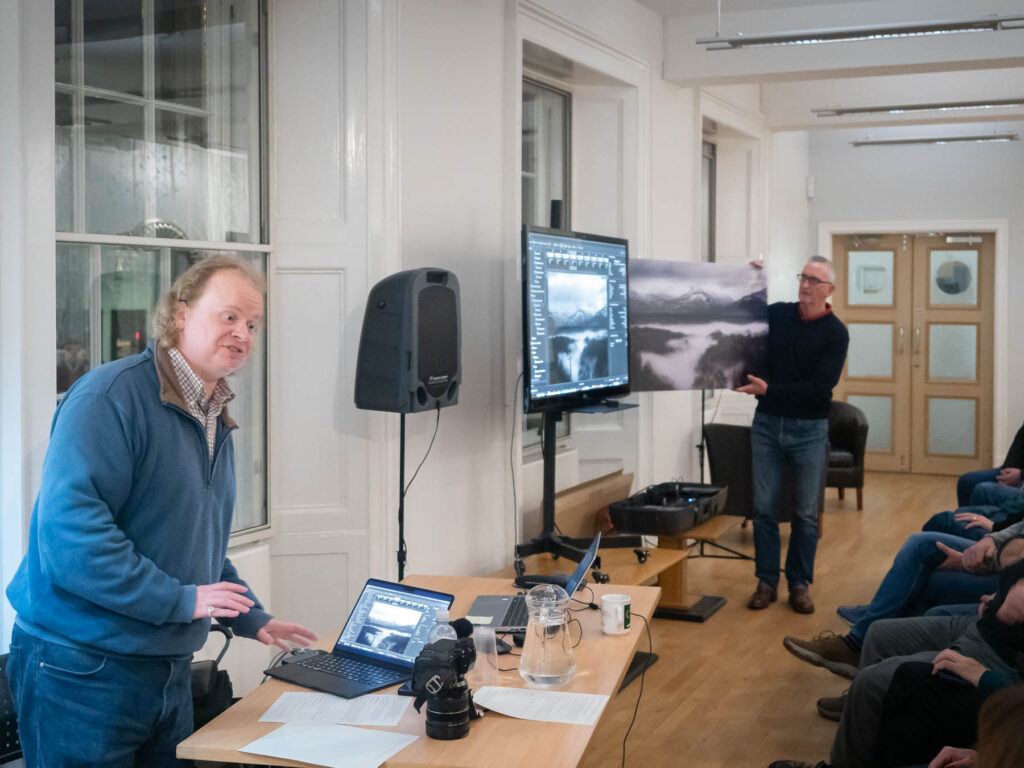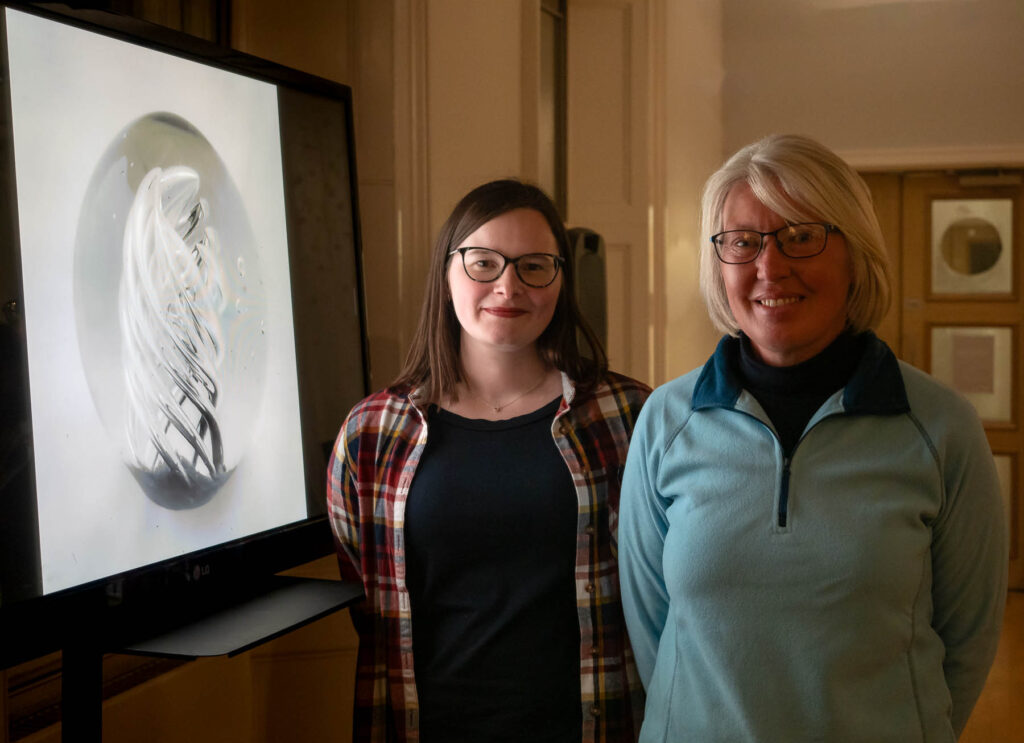
Well, we don’t have so many novices any more! Through this season’s expanded Cultivating Novice Photographers programme, we now have many more confident photographers, speaking with ease about their progress through the year.
Away from the main club nights on Wednesdays we’ve had two main groups meeting regularly in person – John’s group have been getting together in Aberfeldy; Ian’s group in Scone – plus a number of one-off special-interest gatherings elsewhere.
The experience of the members of the two groups prior to joining PPS has varied enormously, with interests in wildlife, travel, macro, family portraiture. And they’ve been learning on the job, as they meet the various photographic challenges they’ve been set – high-key, low-key, shallow depth of field, movement, and so on.





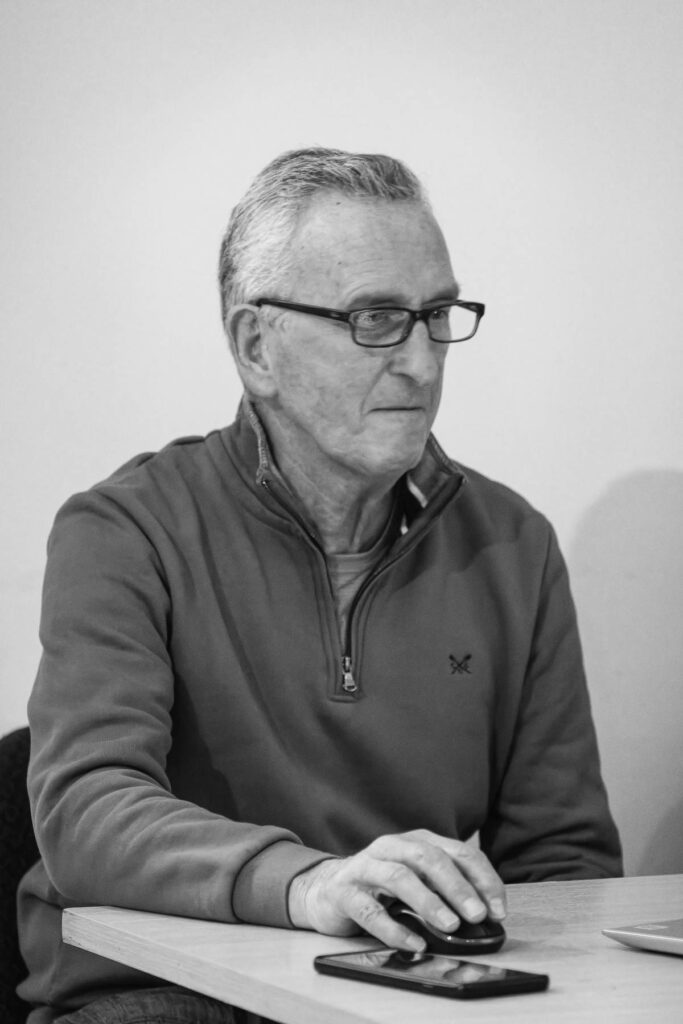
Lizzie, Nicole, Lynn and Alastair talked us through some of what they’ve been working on through the year, and Ian spoke on behalf of the group he’s been helping. We heard how they’ve all improved in camera-handling, in composition, and in processing the images to bring out what they saw in the first place when they took each photo.
John wrapped up with some thoughts on the mono work he’s been developing over the last year.

We’ve had 20 brand-new members this season, and it’s lovely to see so many of them making such progress in their first year, both in the images they take, and in their willingness to stand up and speak about them. Congratulations!

